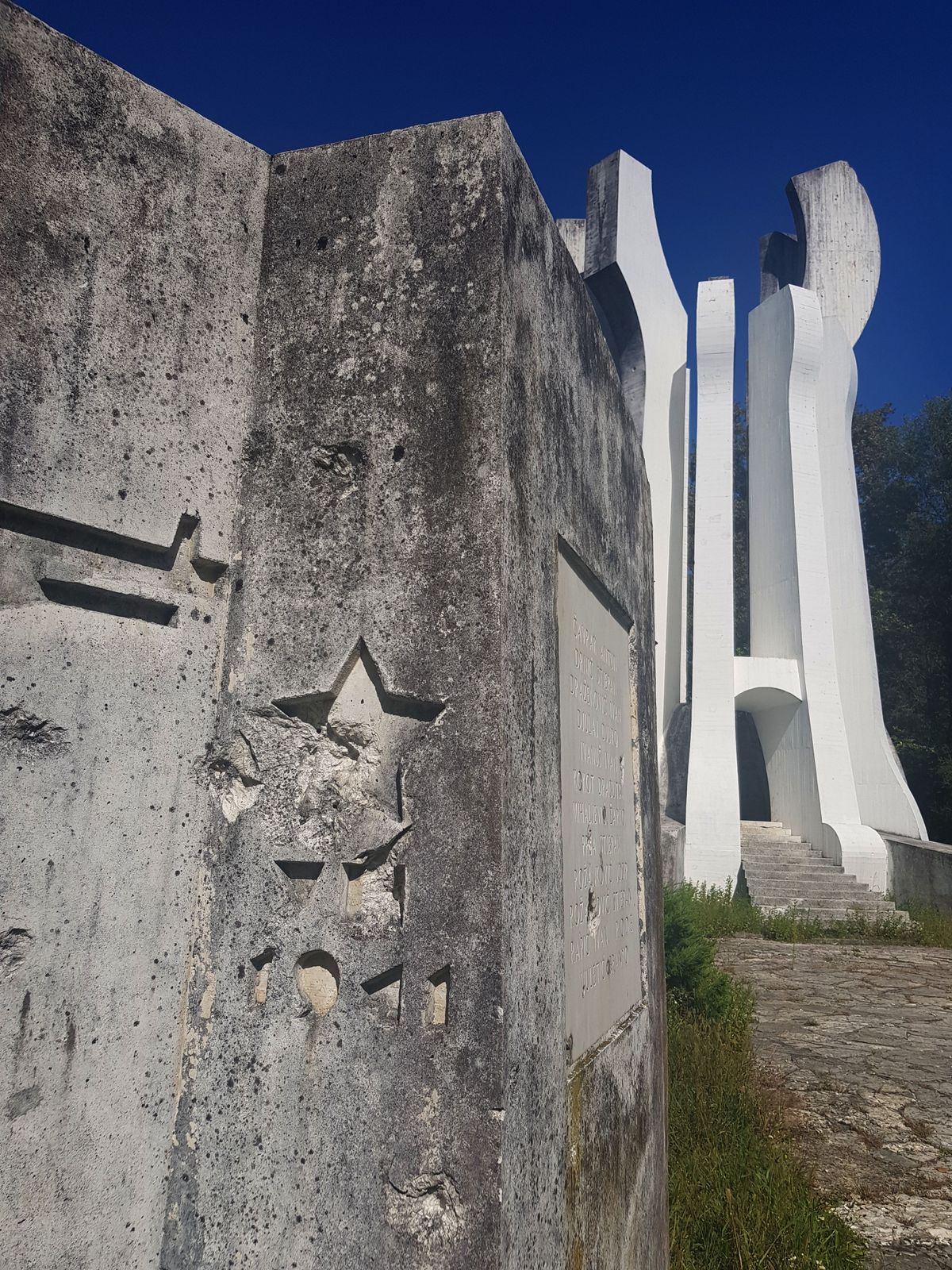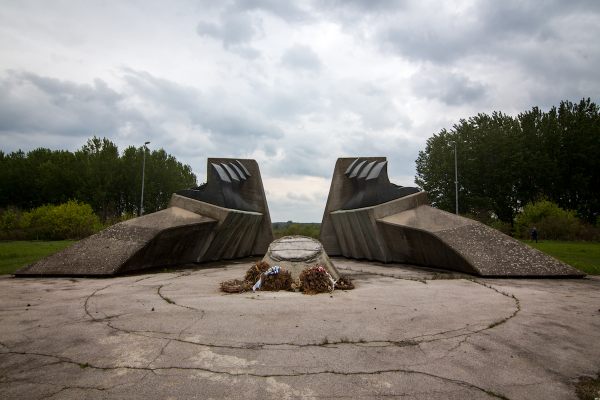About
Hidden in a quiet forest clearing in Croatia, a 65-foot memorial tower marks the spot where Yugoslavia began its organized resistance against the invading Nazi forces.
In Soviet history books, World War II began in June 1941 when Nazi Germany broke the Molotov–Ribbentrop Pact (the treaty of non-aggression between Germany and the Soviet Union), and began advancing towards Moscow on the Eastern Front.
Soviet allies and other Communist groups across Eastern Europe began preparing for the worst; and in Sisak, modern-day Croatia, members of the Yugoslav Communist Party formed the region’s first anti-fascist fighting brigade: the 1st Sisak Partisan Detachment.
According to the stories, these early Yugoslav partisans met in secret in the forest, beneath the shadow of an old elm tree. As the Nazis advanced on the Balkans, the group would go on to play an important role in Yugoslavia’s National Liberation Movement, destroying bridges, ammo stores, and disrupting Nazi supply lines.
Immediately after the war, a commemorative plaque was set beneath the elm tree outside Sisak. In time the tree died, but in the 1970s plans were made to create a larger, more impressive memorial complex commemorating the spot where it had stood.
The architect Želimir Janeš designed the main memorial structure, a 65-foot tower whose abstract shape was intended to resemble an elm tree. The memorial park was completed in 1981 with the main structure surrounded by smaller monuments, stones and memorial panels.
During the last decade of socialist Yugoslav the Sisak Memorial Park was a popular destination, visited by domestic tourists and educational school trips alike. This all came to an end in the 1990s however, when Yugoslavia disintegrated and the region was ravaged by bloody wars fought along ethnic and religious fault lines.
Since then, the site has fallen into neglect. Many of the smaller memorial features have disappeared, and plaques around the clearing show signs of damage by gunfire. The central tower still stands, however—and fresh white paint on one side of the monument shows that at least someone in these parts still cares for the place.
Related Tags
Published
October 20, 2017





























